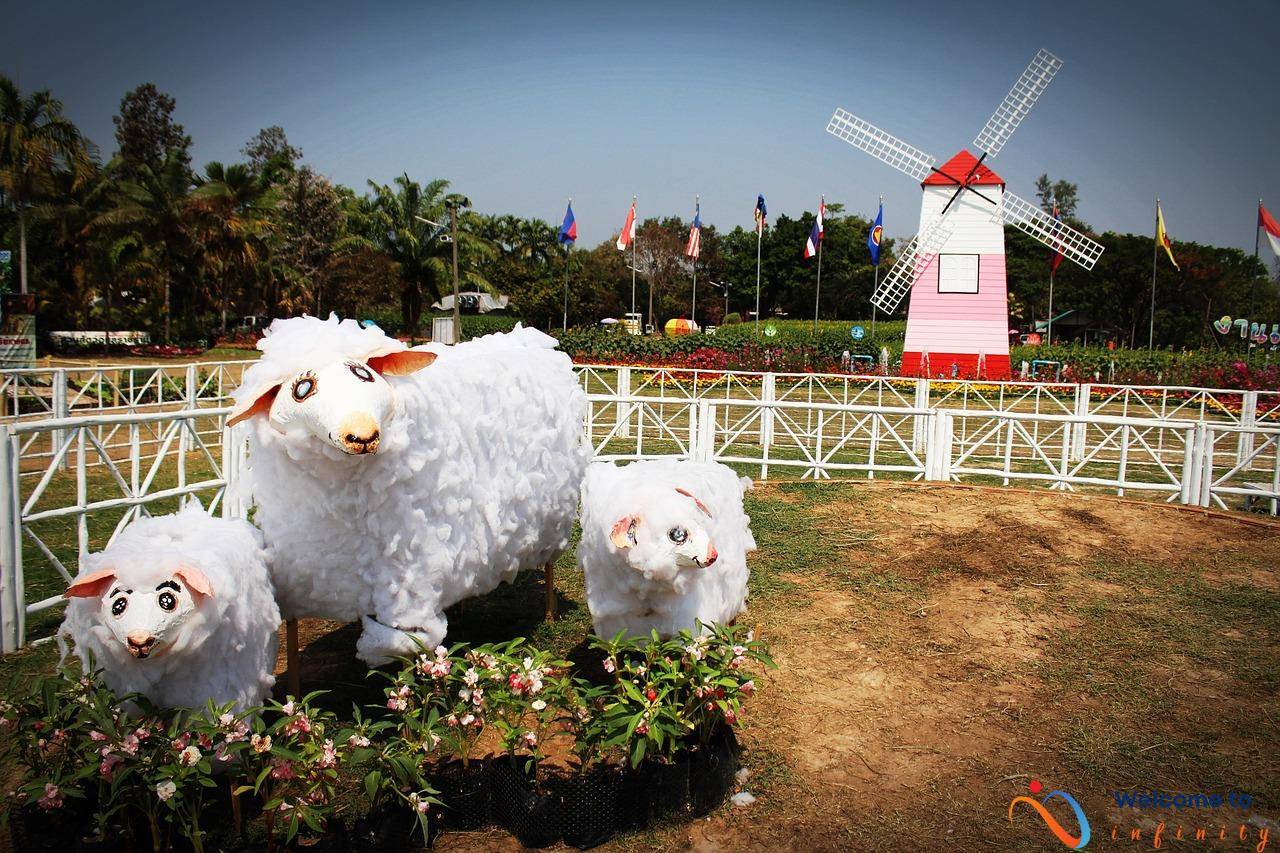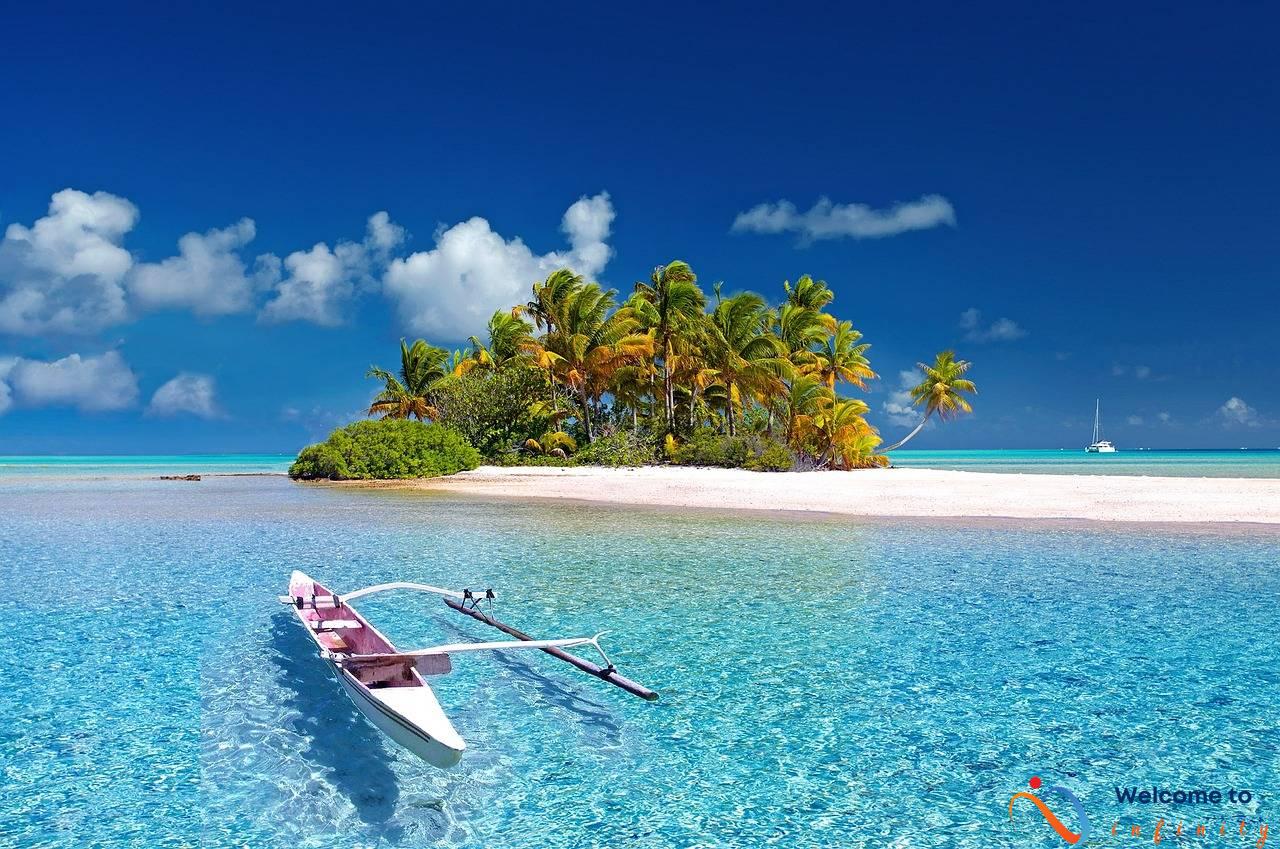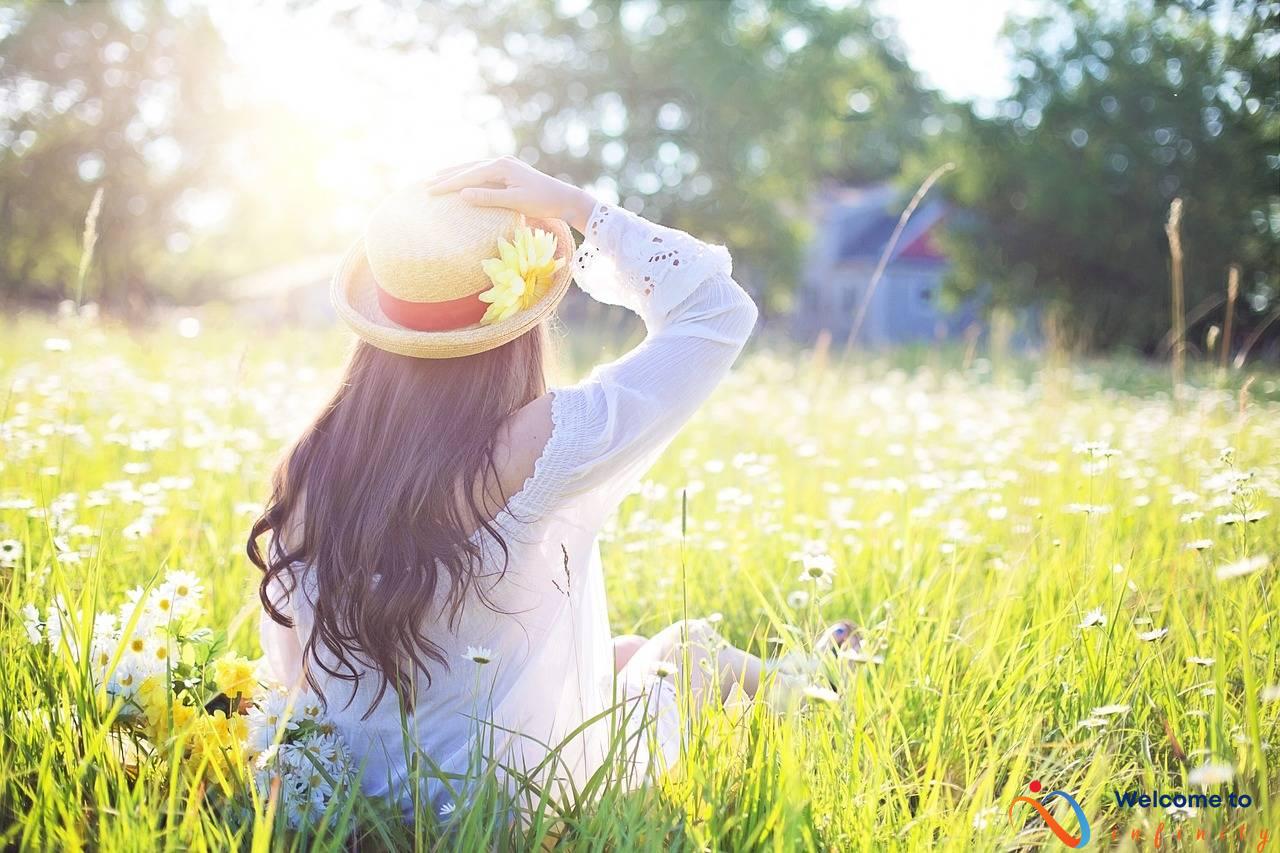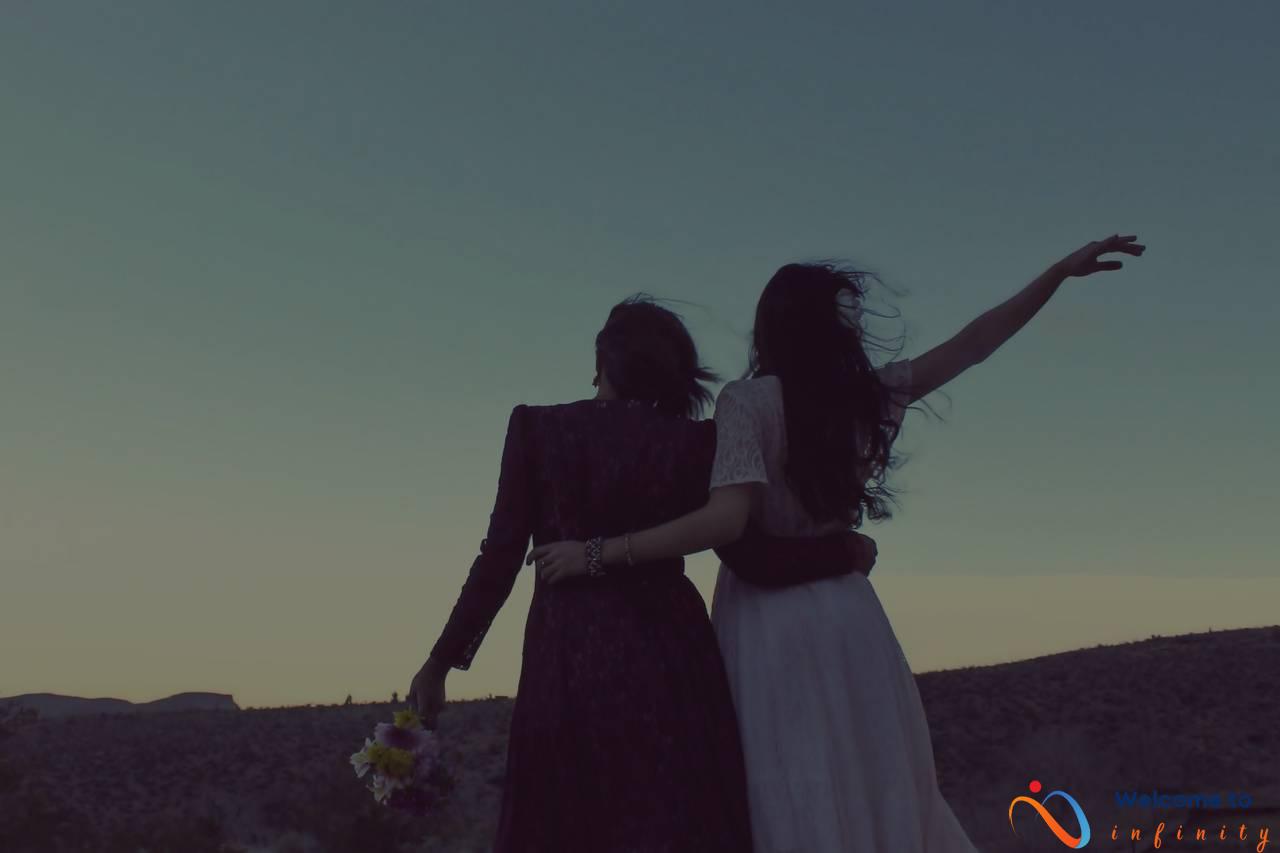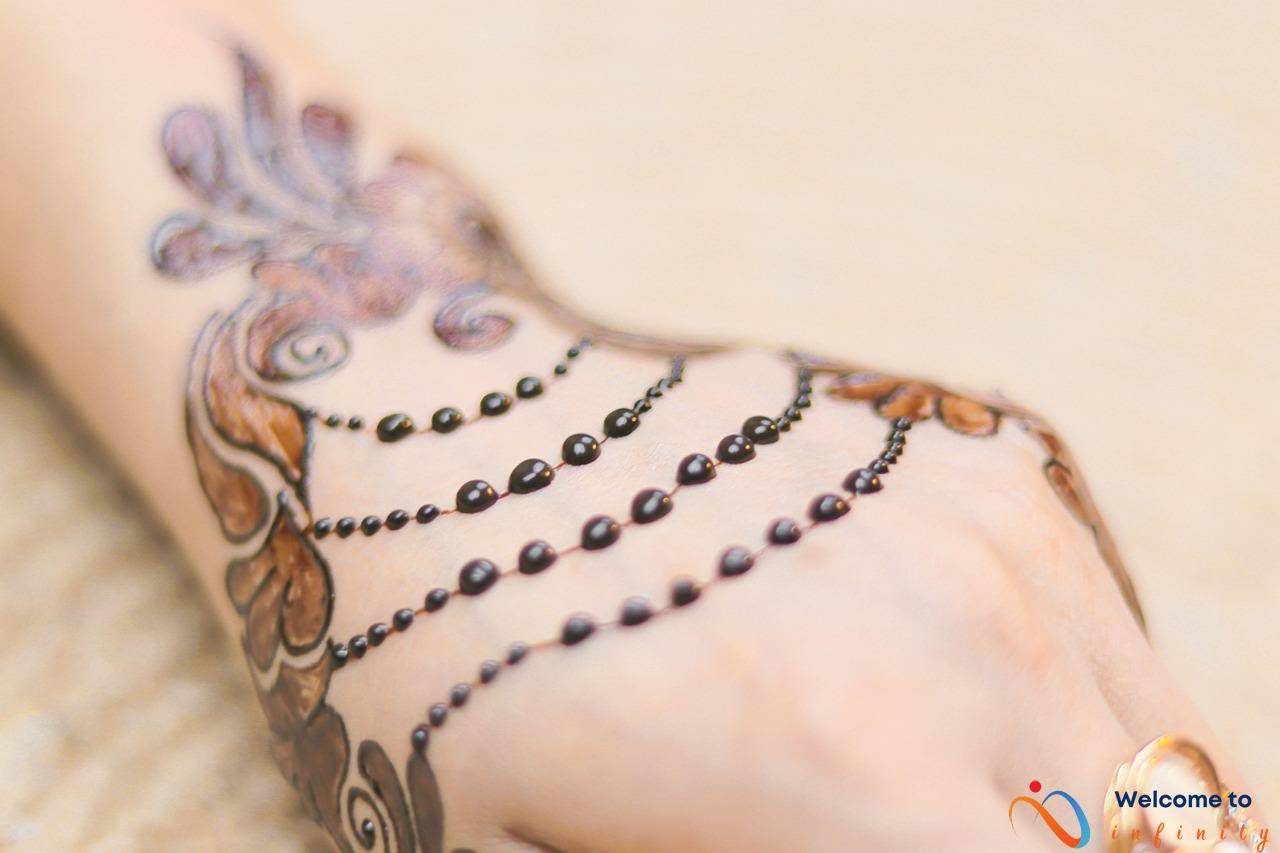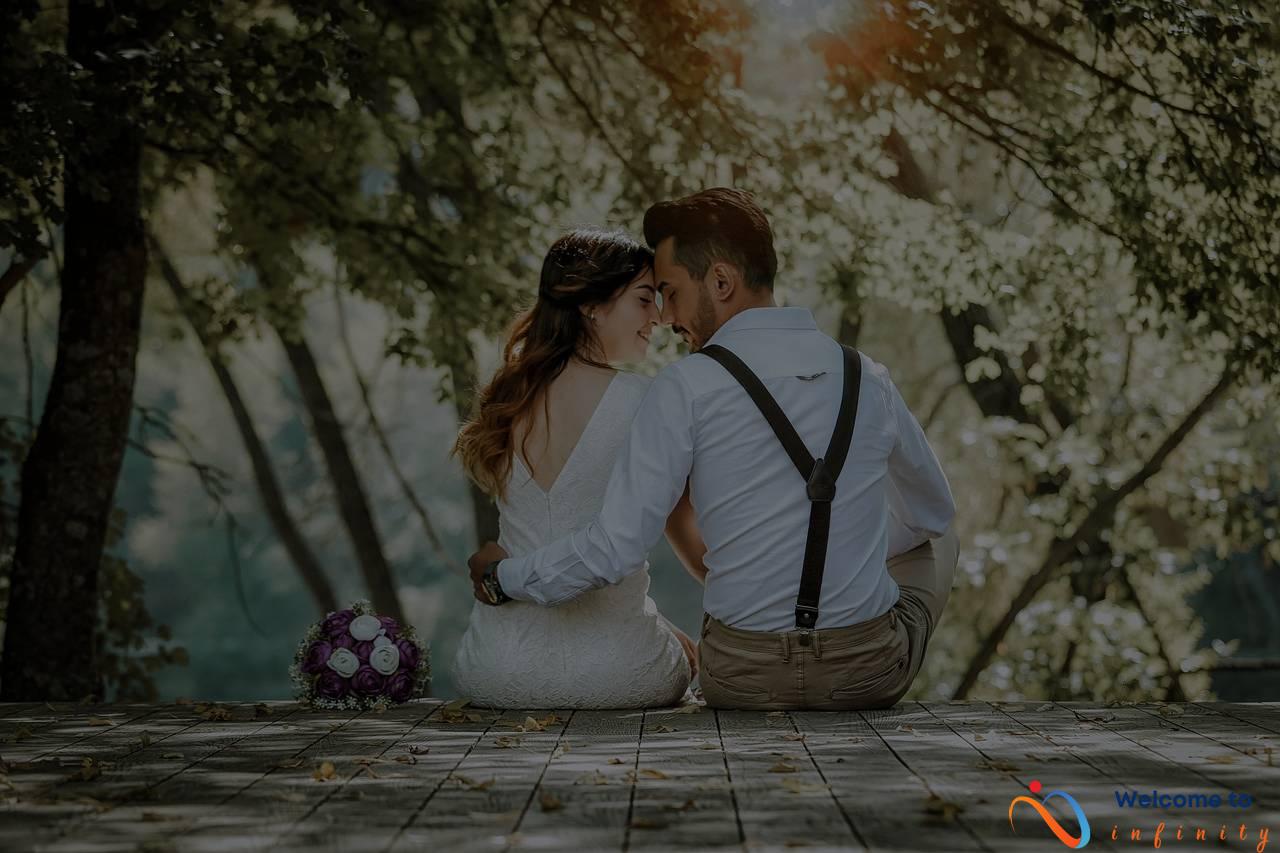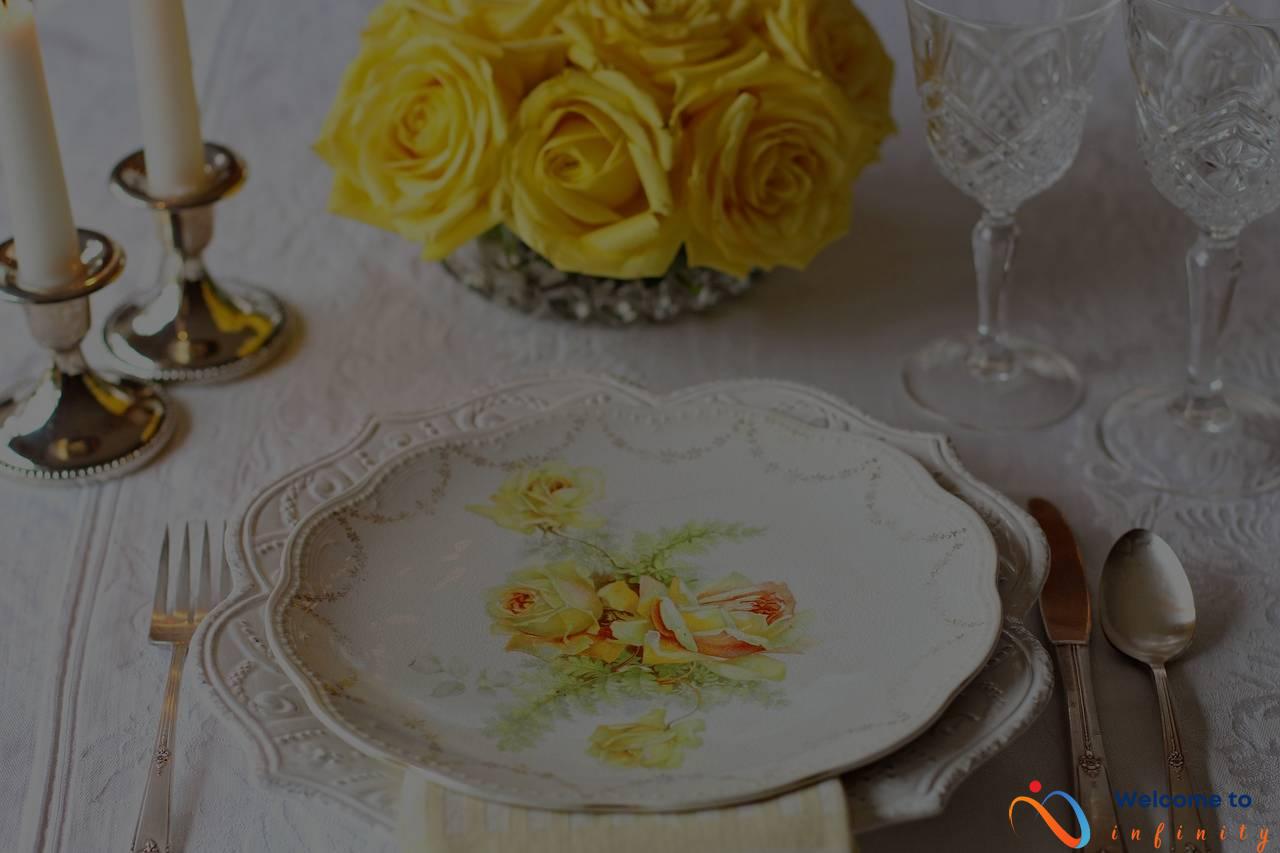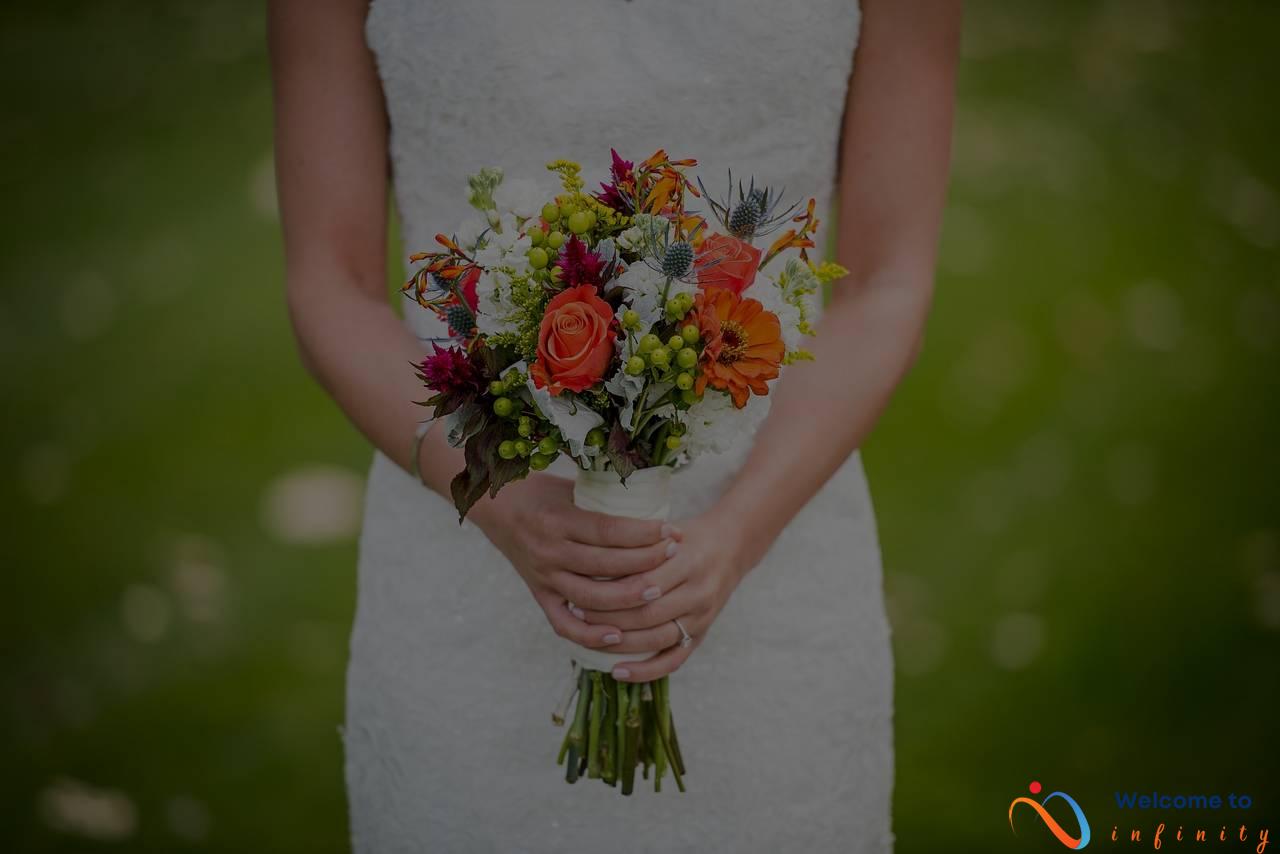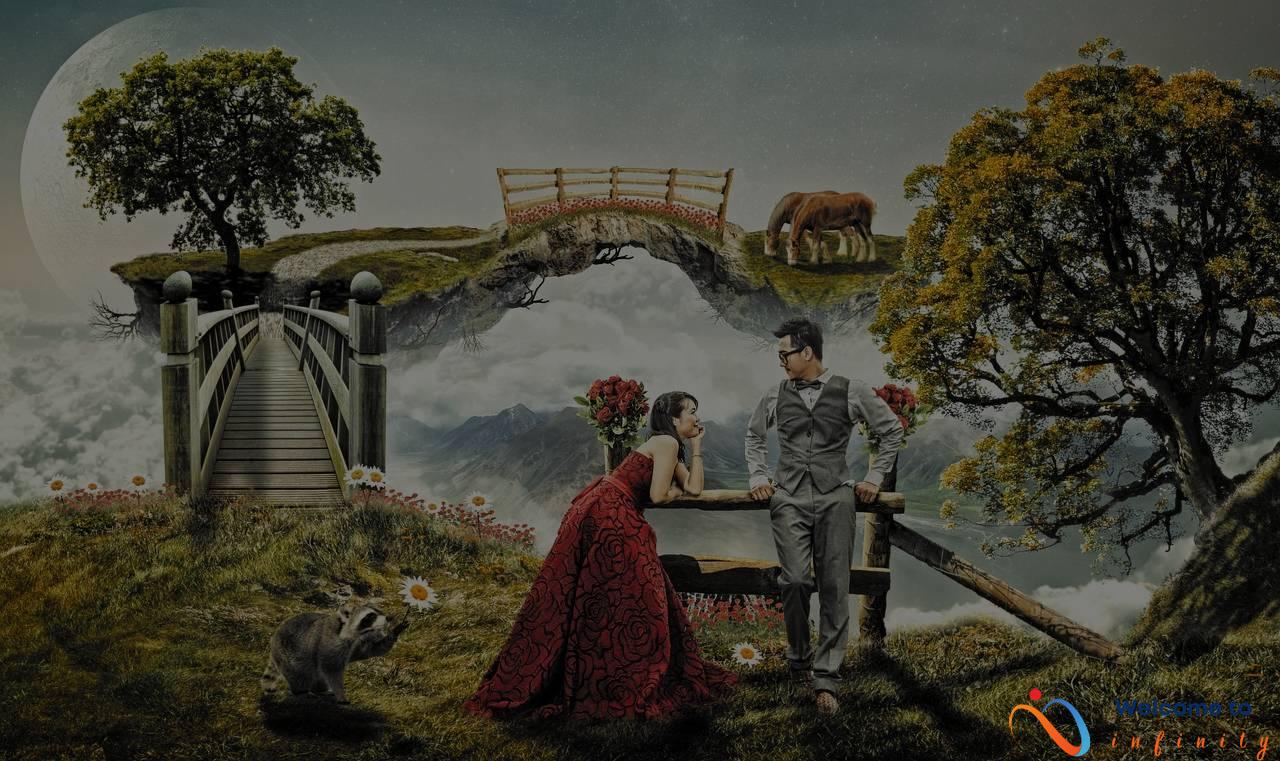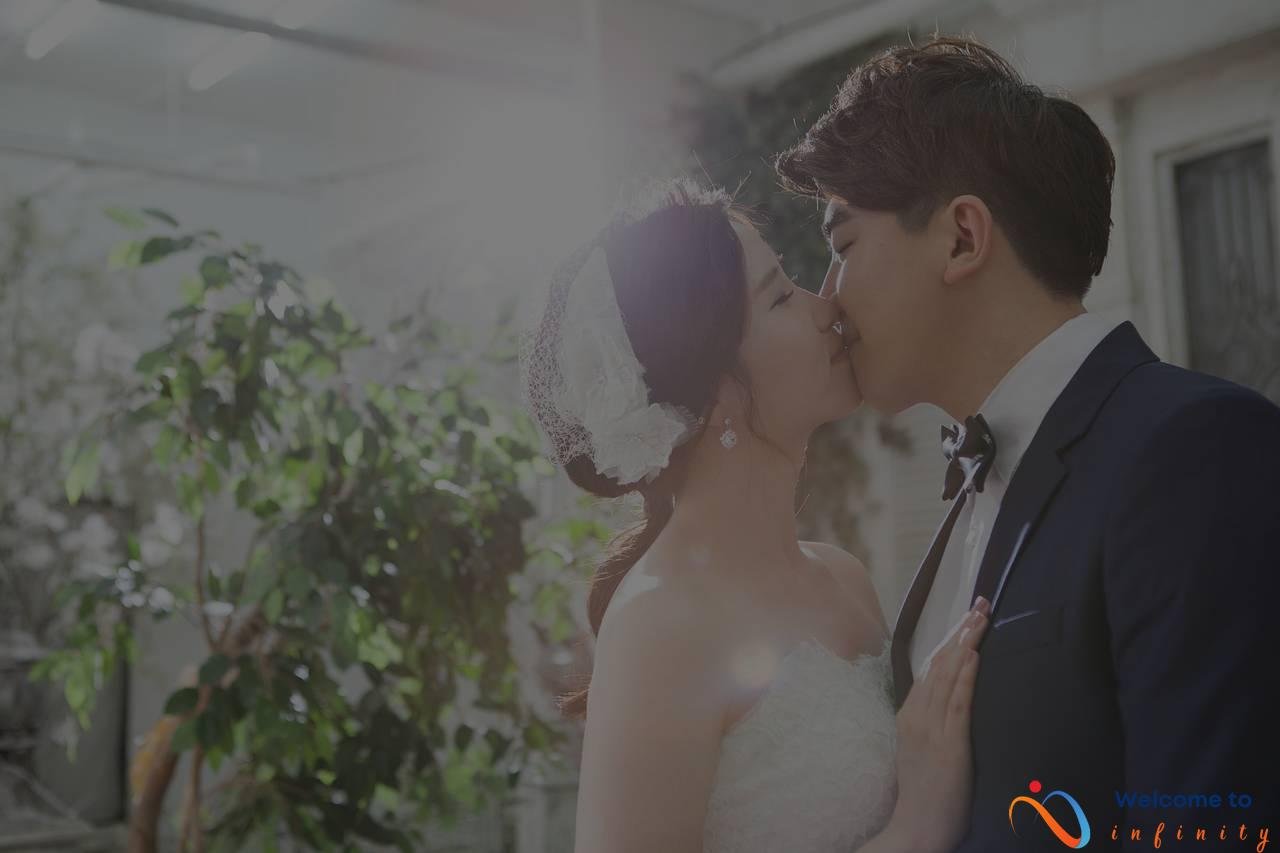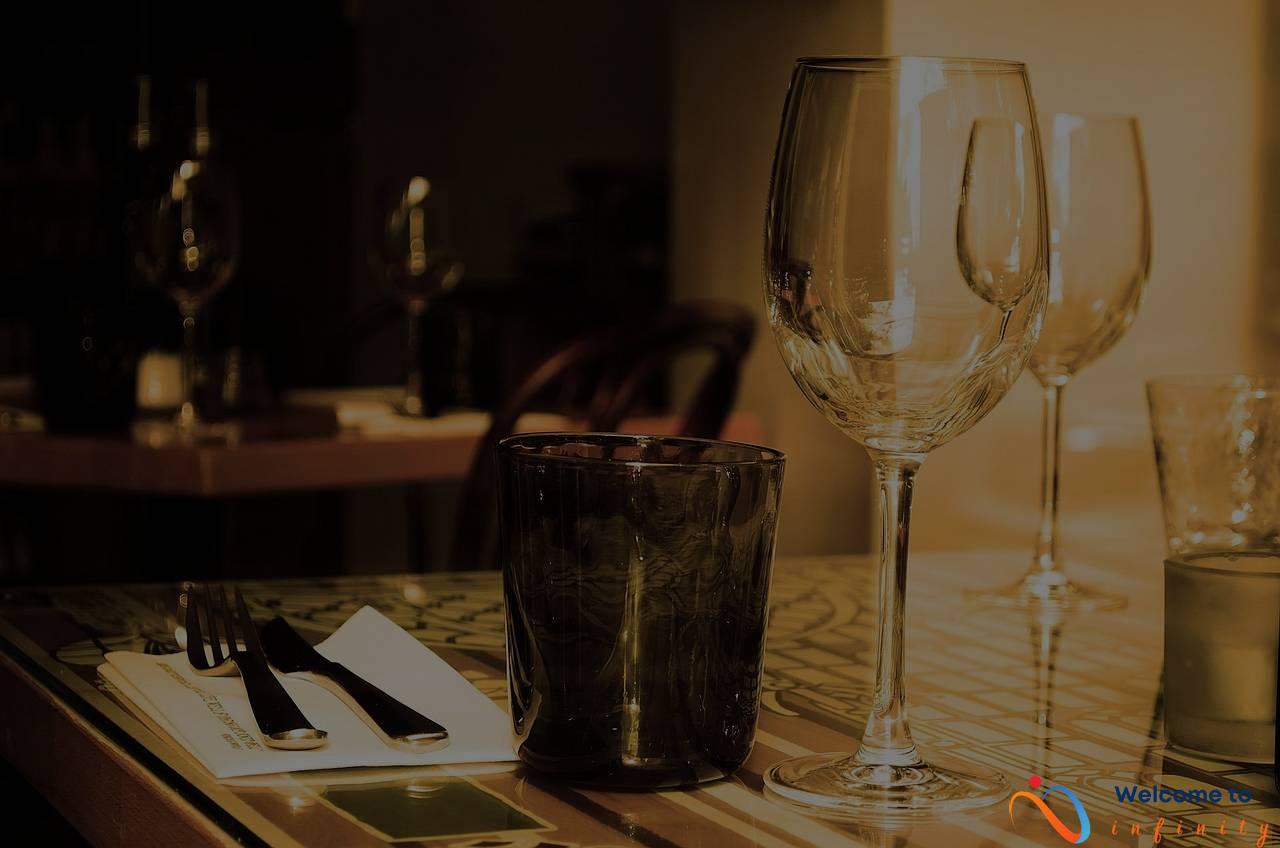Wedding dresses have always been a staple in traditional weddings, with brides opting for classic, white, and lacy gowns to walk down the aisle. However, as modern couples push the boundaries of traditional weddings, non-traditional wedding dresses are on the rise.
Today's brides are looking beyond the traditional styles and exploring new options that reflect their personal style and preferences. With so much variety available, it's not uncommon to see brides walk down the aisle in jumpsuits, separates, or even colored dresses. Non-traditional wedding dresses offer a unique and personalized touch to any wedding.
Breaking the mold has become a new trend and a way for many brides to show their individuality and make their special day truly their own. It's a nod to the fact that there are no rules when it comes to weddings and that anything goes. With non-traditional wedding dresses, brides are choosing something that feels authentic to them rather than something that has been prescribed by tradition.
Overall, as weddings continue to evolve and become more personalized, non-traditional wedding dresses are likely to become even more popular. It's an exciting time for brides who want to take their wedding dress game to the next level and break the mold.
The Evolution of the Wedding Dress
The wedding dress has been a symbol of purity and elegance for many centuries. In the past, the traditional wedding dress was a long, white gown with a train and lace. Today, brides have a wide range of options when it comes to their wedding dress. From jumpsuits to two-piece dresses, wedding dress styles have evolved significantly.
The first non-traditional wedding dresses were introduced in the 1920s and 1930s. Dresses with a shorter hemline, more fitted designs, and simple beading became popular. In the 1960s, the “mod” fashion trend influenced wedding dress styles, with shorter hemlines and brighter colors. In the 1970s, bohemian wedding dress styles were in vogue, with lace, flowing skirts, and floral crowns.
Over the years, wedding dress styles have continued to evolve. Today, brides have nearly limitless options, from traditional white gowns to bold, colorful dresses. Jumpsuits and separates are also becoming more popular, offering brides comfort and practicality on their special day. With the rise of non-traditional wedding dresses, brides are breaking the mold and choosing dresses that truly reflect their individual style and personality.
Breaking Tradition
Wedding dresses have come a long way from the traditional white gowns, and modern brides are embracing a variety of non-traditional styles. From colored dresses to unconventional fabrics, brides are breaking tradition to make a statement on their wedding day. Some even opt for jumpsuits and separates, defying the traditional idea of a wedding dress altogether.
color is a big trend in non-traditional wedding dresses, with brides choosing shades of pink, blue, and even black. Bold prints and patterns are also popular, adding an extra element of uniqueness to the dress. Fabric choices are no longer limited to satin and lace, with unconventional options like denim and leather gaining popularity.
When it comes to non-traditional styles, comfort and practicality play a big role. Brides are no longer willing to sacrifice comfort with restrictive gowns, which has led to the rise of jumpsuits and separates. These options not only allow for easier movement but also provide versatility for the bride to wear beyond the wedding day.
In addition to personal style and comfort, non-traditional dresses also allow brides to express their individuality and break away from the expectations placed on them by society. This trend of breaking tradition is sure to continue as brides continue to seek out unique ways to make their weddings truly their own.
Unconventional Styles
As the idea of traditional weddings continues to evolve, brides are seeking comfort and practicality when it comes to their wedding dress. This has given rise to unconventional styles, including jumpsuits, separates, and pantsuits.
Jumpsuits, in particular, have become a popular alternative to the traditional wedding dress. They are comfortable, practical, and often have a modern and chic aesthetic. They also provide a great alternative for brides who don't feel comfortable wearing a dress.
Separates are another unconventional option that brides are embracing. A two-piece wedding dress allows for more flexibility, as the bride can mix and match tops and bottoms to create a unique look. Separates also provide a more comfortable fit, as they can be customized to fit the bride's body shape.
Finally, pantsuits are yet another option that modern brides are considering. Pantsuits can be both sophisticated and stylish, with options that range from sleek and minimalist to bold and dramatic. They are also a great option for brides who want a versatile outfit that can be worn again after the wedding.
- Jumpsuits offer a comfortable and modern alternative to traditional wedding dresses.
- Separates provide more flexibility and a comfortable fit that can be customized to the bride's body shape.
- Pantsuits are a stylish and versatile option that can be worn again after the wedding.
Overall, these unconventional styles signal a shift away from the traditional and towards a more contemporary, comfortable, and practical approach to wedding dressing.
The Influence of Celebrity Weddings
Celebrity weddings have always been a source of inspiration for brides-to-be, and this trend is not limited to traditional wedding dresses. Non-traditional wedding dresses are also influenced by celebrity choices. While the underpinnings of non-traditional styles were already around, it took a celebrity to wear them to give them the spotlight they deserved.
In recent years, many celebrities have chosen non-traditional wedding dresses. For example, when Solange Knowles wore a white jumpsuit with a cape instead of a traditional wedding dress to her wedding in 2014, it immediately set a trend. Similarly, when Keira Knightley wore a short dress for her wedding in 2013, it sparked a conversation about non-traditional but still elegant wedding dress options.
- Royalty Breaking the Rules
Royals also play a significant role in the influence of celebrity weddings. Meghan Markle and princess Eugenie both opted for non-traditional wedding dresses, with Meghan Markle wearing a simple but stunning Givenchy dress with a boat neck and Princess Eugenie wearing a Peter Pilotto dress with a low back to show off her scoliosis surgery scar. The impact of these royal choices will undoubtedly be felt for years to come.
- Colorful Celebrities
Celebrities like Gwen Stefani and Sarah Jessica Parker surprised everyone with their colorful wedding dress choices, and these choices continue to inspire brides today. Gwen Stefani chose a dip-dyed pink wedding dress when she married Gavin Rossdale in 2002, proving that wedding dresses don't have to be white to be beautiful. Similarly, Sarah Jessica Parker wore a black wedding dress when she married Matthew Broderick in 1997, showing that a bride can opt for something truly unique and still look stunning on her big day.
As more brides continue to look to celebrities for inspiration, it's clear that non-traditional wedding dress options will continue to expand. From unconventional fabrics to sustainable options, the influence of celebrity weddings on wedding dress trends is undeniable.
Royals Breaking the Rules
When it comes to setting fashion trends, royal weddings have always been a significant influence. Meghan Markle and Princess Eugenie are perfect examples of royals breaking the rules and opting for non-traditional wedding dresses.
Meghan Markle's Givenchy wedding gown was a far cry from the lacy, long-sleeved gowns typically reserved for royal brides. Her minimalist dress with a boat neck and three-quarter-length sleeves showcased her stunning veil embroidered with the flora of the 53 Commonwealth countries.
Princess Eugenie also broke with tradition by choosing a Peter Pilotto gown that revealed her scar from scoliosis surgery. The dress featured a low back that showed off the scar, a bold move for a royal bride. The dress also had a folded neckline that draped down into a full skirt, which added a modern touch to the classic silhouette.
Both dresses were praised for their uniqueness and individuality, inspiring countless brides around the world to break free from the confines of traditional wedding dresses.
The royal trend of non-traditional wedding dresses is here to stay, and we can expect to see more practical, comfortable, and sustainable options in the future. After all, if the royals can break the mold, so can we.
Colorful Celebrities
Celebrities have enormous influence on fashion trends, including non-traditional wedding dresses. Gwen Stefani famously wore a pink ombre gown by John Galliano for Christian Dior when she married Gavin Rossdale in 2002, inspiring other brides to follow suit. Similarly, Sarah Jessica Parker wore a black wedding dress when she married Matthew Broderick in 1997, which was considered a fashion statement at that time.
Since then, colored wedding dresses have become more and more popular among non-traditional brides. Shades of pink, blue, and even black have graced the wedding aisles, showing that there's no limit when it comes to wedding dress colors. Keira Knightley, Julianne Moore, and Jessica Biel are just a few examples of celebrities who have also worn non-white gowns on their wedding day.
Colorful wedding dresses allow brides to express their personality and add a touch of uniqueness to their special day. They're perfect for brides who are looking to break away from traditional wedding traditions and add a pop of color to their wedding day look. Moreover, colorful dresses can also be a budget-friendly option as they often cost less than traditional white wedding gowns.
Overall, non-traditional wedding dresses, including colorful ones, are here to stay. Thanks to celebrity inspiration, it's more common than ever for brides to look beyond tradition and create a wedding day look that is uniquely their own.
The Future of Wedding Dress Trends
The future of wedding dress trends looks promising as more and more brides choose to break free from tradition and explore unique and non-traditional options for their big day. In the coming years, we can expect to see a wide range of exciting styles and designs that cater to brides of all preferences and tastes.
One trend that is likely to gain momentum in the future is the use of sustainable fabrics in wedding dresses. With increasing awareness around sustainability and environmental impact, many brides are choosing eco-friendly and ethical options for their wedding attire. Expect to see more wedding dresses made from recycled materials, organic cotton, or silk produced through sustainable methods in the future.
In addition to sustainability, comfort is also set to become an important factor in wedding dress trends. More and more brides are prioritizing practicality and comfort over tradition, with designs that allow for easy movement and breathability. Styles like convertible dresses, two-piece sets, and jumpsuits are expected to become even more popular in the coming years, as brides seek versatile options that match their personal style and needs.
With the rise of non-traditional wedding dresses, the future of wedding dress trends is highly exciting and diverse. From off-the-runway styles to DIY bridal looks, the possibilities are endless when it comes to creating unique and memorable wedding day attire.
Sustainability and Comfort
As society becomes increasingly aware of the impact of our actions on the environment, it's no wonder that fashion, including wedding dresses, is becoming more sustainable. Eco-friendly wedding dresses are on the rise, as more brides seek to minimize their carbon footprint and prioritize practicality on their special day.
Designers are now incorporating environmentally-friendly fabrics, such as organic cotton, hemp, and linen, into their wedding dress collections. These fabrics are free from harsh chemicals and are grown with minimal water, making them a sustainable and ethical choice.
Comfortable designs are also on the rise, with more brides opting for dresses they can actually move in. Long gone are the days of suffocating corsets and dresses that are impossible to dance in. As brides prioritize comfort over tradition, designers are creating dresses that are not only stylish but also easy to wear.
Sustainability and comfort aren't just passing trends. These trends are motivated by a desire to be more conscious consumers and reduce waste. So, it's safe to say that eco-friendly and comfortable wedding dresses are here to stay.
With sustainable and practical wedding dresses on the rise, brides can now say “I do” in a dress that not only looks beautiful but also has a positive impact on the environment.

